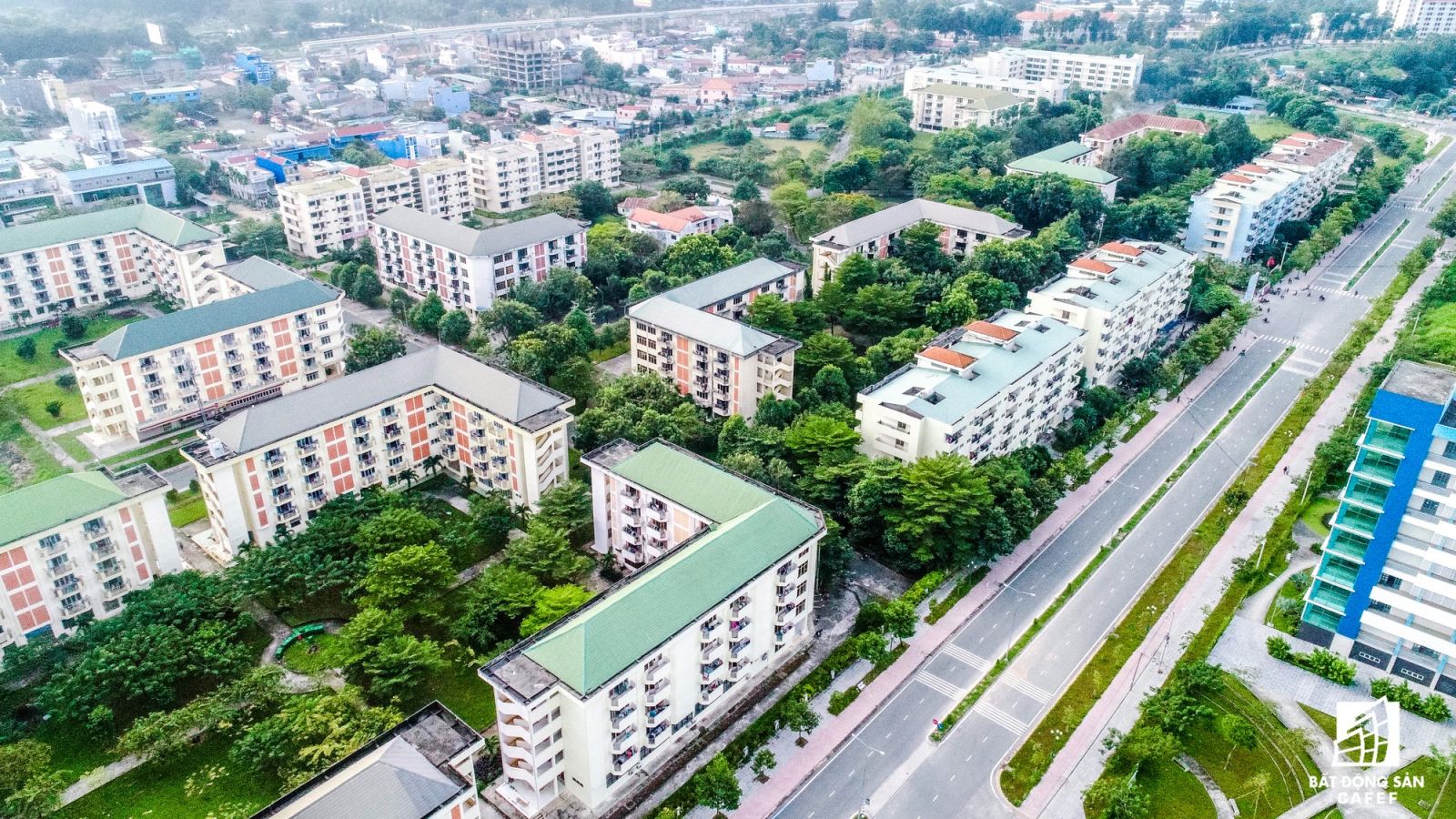Hanoi topped localities nationwide for developing more than 315,000 square meters (sq.m) or 3,150 affordable houses in 2018, accounting for 70% of the country’s newly-launched units in the year.

A resident project.
The result was part of the city’s housing plans outlined for the 2016-2020 period which targets to provide accommodation for people in urban areas amid the high urbanization rate, the municipal government said on its website, adding that the social housing would be 3.6 million sq.m by 2020.
As of end-2018, the city abolished temporary dwelling places and raised the ratio of modern housing to 93.76%, including 95.68% in urban zones and 91.62% in suburban areas.
With such results, Hanoi already finished its goals for developing modern houses by 2020 approved by the city’s leaders and the prime minister.
Moreover, residential areas are supported with infrastructure namely transport routes, parking lots, power grids, and drainage systems.
Hanoi’s housing targets for 2016-2020 include 6.2 million sq.m of social housing (including 977,000 sq.m for students and 567,000 sq.m for workers); 1.2 million sq.m for resettlement; 20.4 million sq.m for commercial sales.
The city targets to raise average housing area per head to 26.3 sq.m, including 29.1 sq.m in urban zones and 22.1 sq.m in suburban.
Housing developed in 2016-2018
The ratio of apartments in Hanoi accounts for 96.55% out of 77,500 units opened to the market between 2016 and 2018.
Commercial houses reached eight million sq.m during 2016-2018, the figure is likely to hit 14 sq.m by 2020.
Houses for resettlement climbed to 305,000 sq.m developed for the 2016-2018 period and to 980,000 sq.m by 2020.
As of June 2019, the average accommodation area in Hanoi hit 26 sq.m/head.

















